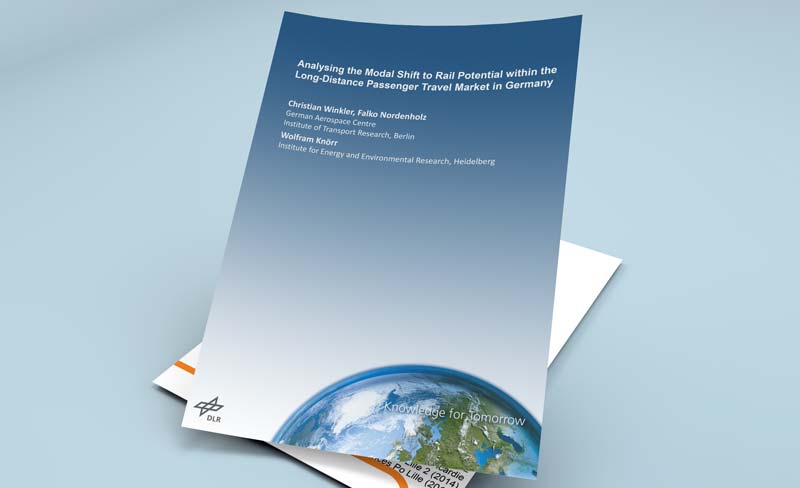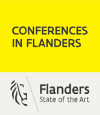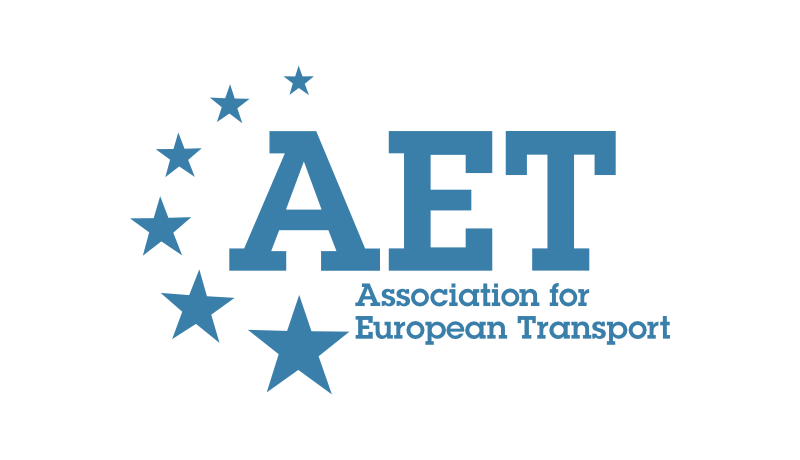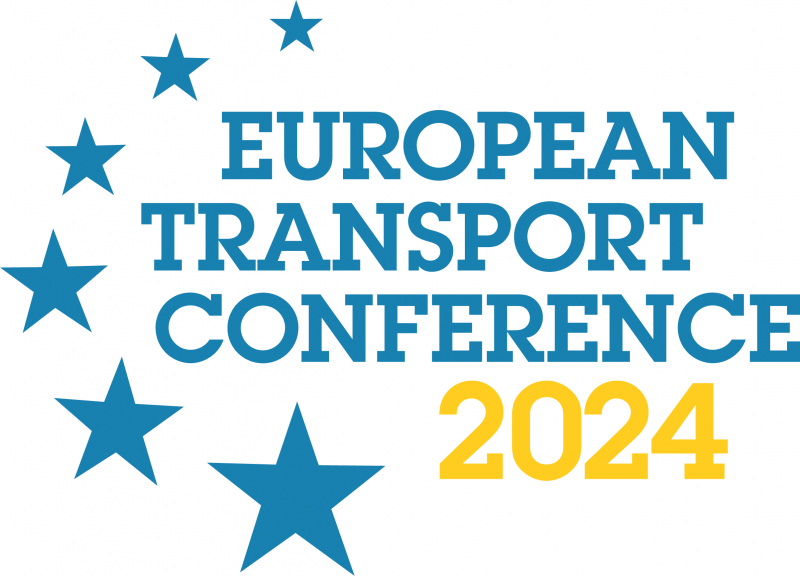-
Past ETC Papers

Browse, search and view papers from the past AET Conferences.
-
Members' Area

AET promotes networking and exchange of ideas, information and opportunities amongst members.
Conference Papers 2018
Dublin, Ireland
ETC Conference Papers 2018
The accuracy of traffic forecasts for fixed link projects: An empirical study of Norwegian bridges and tunnels
Seminar
Day 2 (11 Oct 2018), Session 7, Evaluation, 16:15 - 18:15
Status
Accepted, documents submitted
Submitted by / Abstract owner
Morten Welde
Authors
Morten Welde, Norwegian University of Science and Technology, Norway
Eivind Tveter, Møreforsking Molde AS / Molde University College, Norway
James Odeck, Norwegian University of Science and Technology / Norwegian Public Roads Administration, Norway
Short abstract
The paper assesses the accuracy of traffic forecasts used in fixed link projects. The paper also investigates the long-term traffic impacts of these schemes.
Abstract
This paper studies the accuracy of traffic forecasts for fixed link projects in Norway. During the last four decades, the Norwegian government has invested substantial resources in projects that have replaced ferry connections with fixed links. The direct impact for road users have been reduced travel costs, with a resulting increase in traffic. This paper investigates the short-run forecast accuracy and long-run traffic effects.
Traffic forecasts are an essential element in road project appraisals. The forecasts are used to estimate the user benefits of new schemes and to make sure that the new road will have the necessary capacity to cope with future demand. A number of studies have demonstrated that despite progress in developing more sophisticated transport models, traffic forecasts remain a major source of uncertainty in appraisal.
Forecasting the traffic effects from fixed links is challenging. While most road projects only deliver marginal time-savings - reductions in travel time of more than 15 minutes are uncommon, fixed links can have a far greater impact.
In some cases, new roads may deliver significant reductions in generalised costs and may substantially change travel patterns. Fixed link projects, i.e. bridges and tunnels to replace ferry connections, may reduce travel times across fjords and from island communities to the mainland by more than 30 minutes as well as giving round-the-clock access to national and international markets. These projects have the potential to deliver a wide range of regional impacts, such as improved market access, entry of firms, increased competition, access to a wider range of goods and services, and changes in settlement patterns. This makes forecasting more challenging than in projects were changes in travel time are more marginal.
Fixed link projects are technically demanding and requires huge investments. The planning and appraisal of new projects must therefore consider the historical performance of past projects. Even if fixed links may be considered somewhat exotic, several bridge and tunnel projects are currently being considered, planned and implemented in a number of European countries. If built, they will rank among the most iconic mega-structures in our transport system.
The paper is based on data from tunnels and bridges opened for traffic from 1970 to 2013. For 23 of the projects we have access to both forecasted and real traffic and only real traffic for a further 15. We first compare traffic forecasts for the first five years of operation with real traffic We then compare traffic in the last year of ferry operations to that on the fixed link. Finally, we examine if the traffic growth in these projects have been larger than the traffic growth on other roads. Better knowledge of these mechanisms is relevant not just to fixed link projects, but to anyone planning roads that may deliver large reductions in travel time.
The paper is based on a study completed in December 2017 and the results have not yet been presented to an international audience.
Programme committee
Transport Economics, Finance and Appraisal
Topic
The Wider Economic Benefits of Transport Investment
Documents:
Association For
European Transport
Forester House
Doctors Lane
Henley-in-Arden
Warwickshire, UK
B95 5AW
+44 (0) 15 64 793552
VAT number: 710 1866 64
Conference Supporters & Endorsers




Legal Entity
The Association for European Transport is registered as an Association ('vereniging') with the Chamber of Commerce for Haaglanden in The Netherlands under company number 27170096.
Built on Zenario




